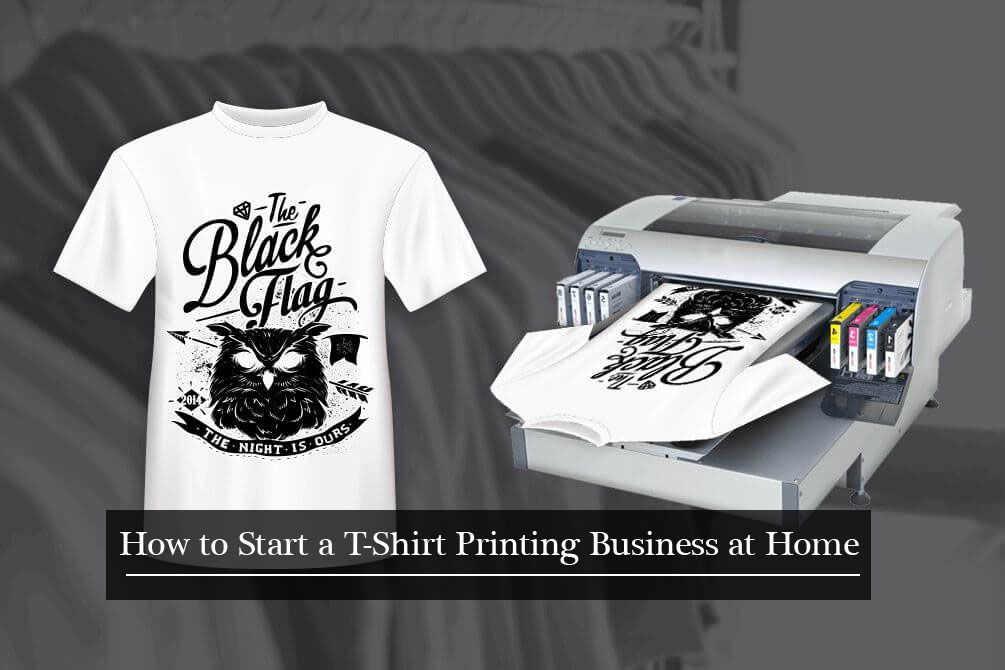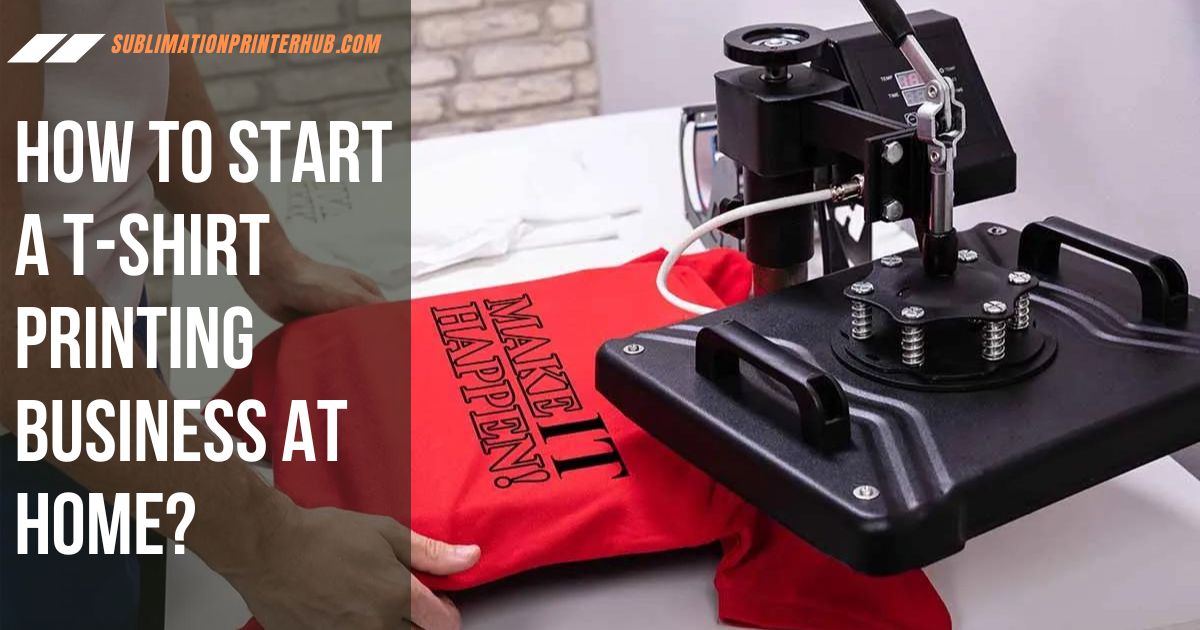T-shirts are not only classic causal wears, but they’re also widely used as a casual outfit by entrepreneurs and artists alike, which is why demand goes up every year–and being able to meet that means you’ll reap significant profits so.after reading our step by step guide about how to start a t shirt business at home you will get all your question answered you have in mind.
Moreover, with heat press machines, it’s easier than ever to set up your own successful business doing mass production on customized t-shirts like those made for sports teams or schools, and even special events!

Most people start businesses to make money, but not everybody has the right business plan. If you want it all, from a successful income stream and the satisfaction of your clients, then look no further than the heat press T-shirt business. One of those rare opportunities offers both fulfillment and financial success in just about any given environment, including small towns or big cities alike! Here’s how to get started:
Step one : What T-shirt Printing Method Should You Invest In?
At the beginning of your sublimation printing business, evaluate all the possible t-shirt printing options. Each method of printing has its pros and cons. According to the situation, here are some examples of ways.
- Traditional heat press transfer is a longstanding tradition in the t-shirt industry. This work best on white shirts, but this comes with its limitations for color garments that are darker than white. For instance, if you imprinted a yellow design onto the blue apparel.
- The next option involves Vinyl transfers. This method is famous for its colour layering capabilities and allows you to use multiple colors to produce a high-quality print of your artwork. For this, all you need is the vinyl cutter which conveniently cuts out your design from an old shirt through heat transfer methods. Eventually, with sublimation, printing inks under pressure onto light-colored synthetic surfaces such as canvas or paper will be able to create images that are durable enough to withstand any wear and tear they may face!
Step Two: Purchase The Right Heat Transfer Equipment
A heat press is the most critical aspect of any t-shirt business. As such, you need to be as careful when shopping for one so that you can pick only the best and not settle for anything less than perfect!
For a thriving t-shirt printing business, you need to consider your machinery. A heat press machine is necessary for the best looking shirts and maximizing profits at home or local businesses. Clamshell models would be ideal for beginners with limited space available who are starting an at-home shirt design company because of their small size while still providing high-quality artistry. On the other hand, suppose designing accuracy is essential and maximizes profitability from working out of a smaller area. In that case, it might be time to step up into swinger presses that provide all that plus more responsiveness during operation.
Step Three: Look For A T-shirt Supplier.
You’ll want to find a reliable t-shirt manufacturer, but you might have some trouble with this step because there are so many in the industry that it can be challenging to make a choice! You should look for someone who has been around long enough and is well established—that way, if anything goes wrong or they fall out of favour down the line, you will still feel safe about your decision (and not regret choosing them). While looking at potential manufacturers, though, also consider whether their prices are competitively priced; At the same time, most companies offer reasonable pricing; usually, what comes along with those deals is larger orders that may cost more than going elsewhere. If large
Step Four: Setting the Pricing
One of the most crucial aspects to consider when starting a t-shirt printing business is how you will price your products. But, of course, it’s always been tricky for new starters because finding that perfect balance between making enough profit and having fair prices has also remained difficult until now.
Always pay close attention to what competitors in this field have done so far by seeing if they use higher-end or cheaper novelty priced shirts.
Also, check their pricing strategy based on where they want their company to be placed among those who offer similar services at different costs.
Step Five: Make Your T-shirt Business Succeed.
Businesses don’t run without sales and customers because the end goal is to earn profits. Always pay close attention and focus on where the marketing concentrates on increasing sales from day one. Try paying attention to what type of t-shirts they would like? Do they want commemorative ones, or are there more personal motivations behind their decisions? The answer could help give you insight into who might buy from you next time around, so that’s worth looking into!
Tip : always choose focus on google search campaign for quick ROI calculation of your t shirt business.
Final Words
Here are four steps that will help you start a thriving t-shirt printing business. The first step is to determine what kind of heat transfer options would work best for your business.
Then find the right equipment for it. Next, contact reliable sources so you can buy in bulk and have more variety when making shirts available at different price ranges from cheap ones to expensive custom designs sheets with unique artwork on them. Finally, make sure people know about your company by using marketing strategies they’ve proven adequate time and again!
Do check our guide if you want to learn more about how to do sublimation printing if you want to scale business to next level.







